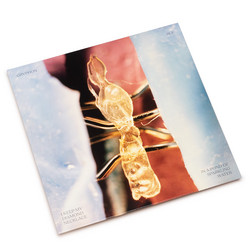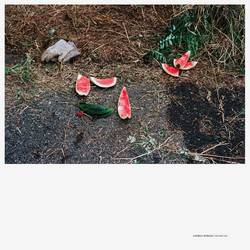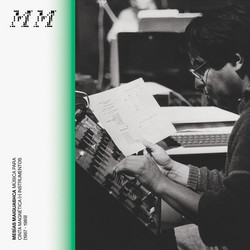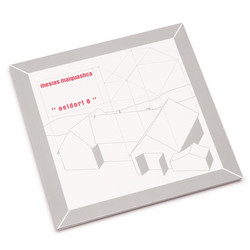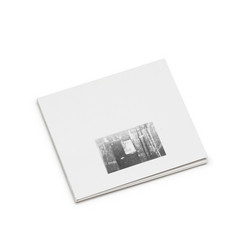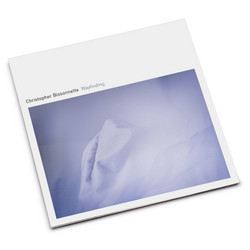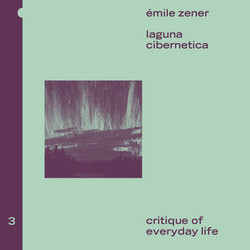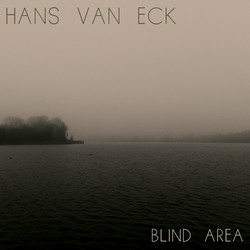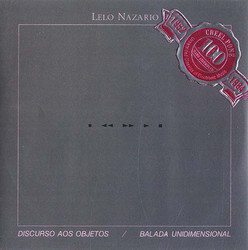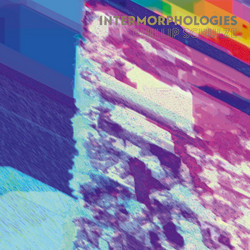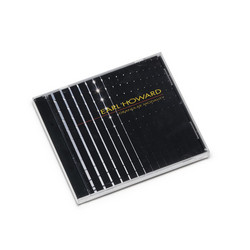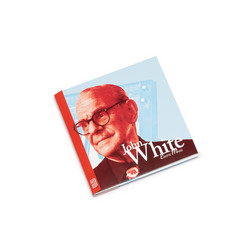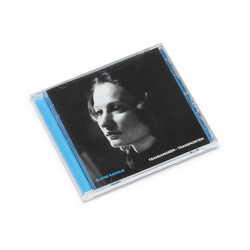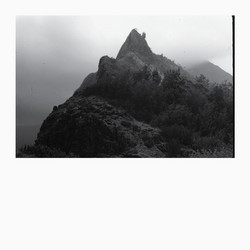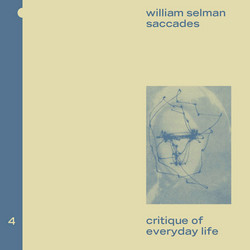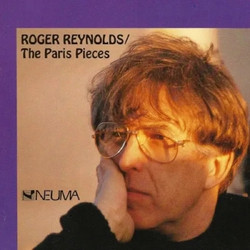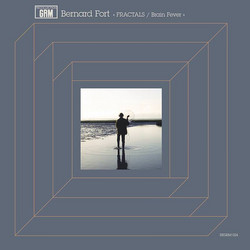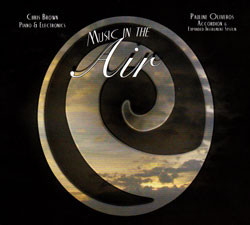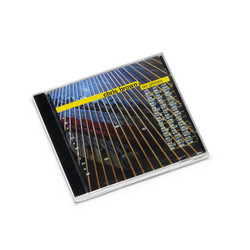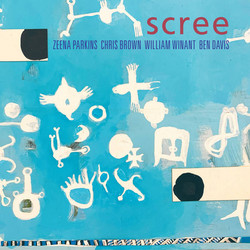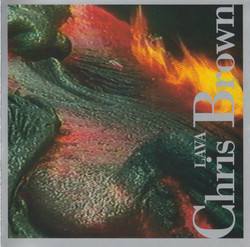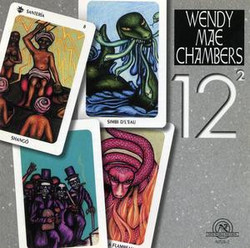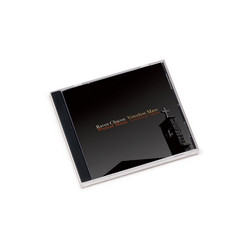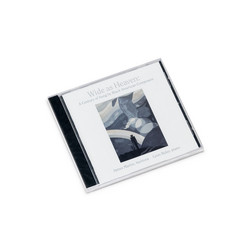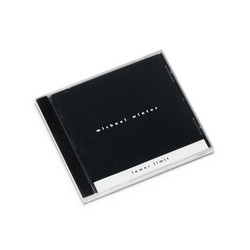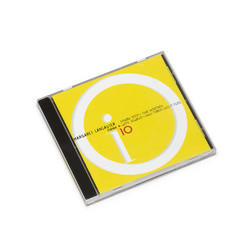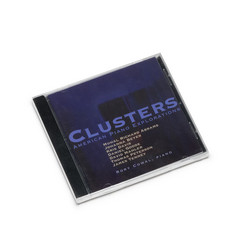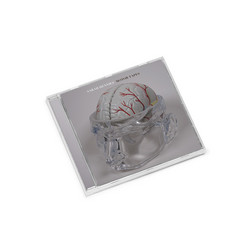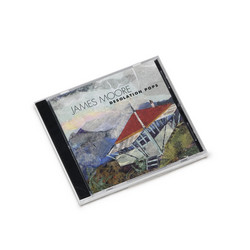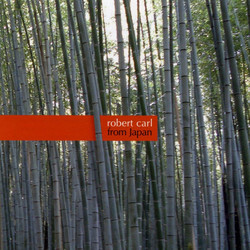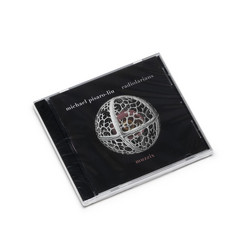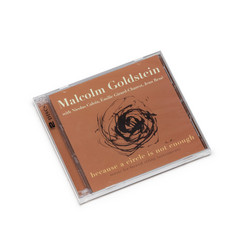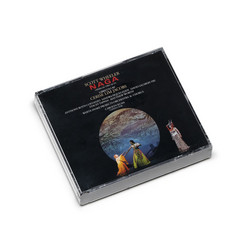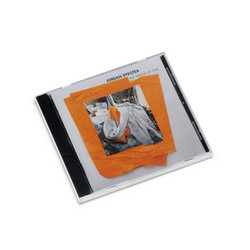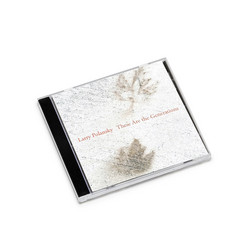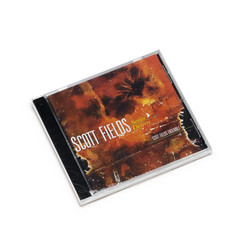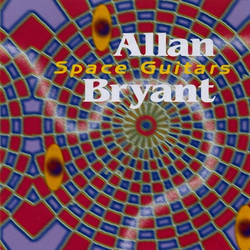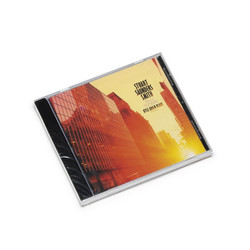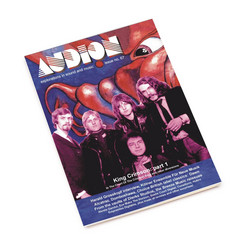Chris Brown’s (b. 1953) compositions Some Centre (2019) and First Light (2016), performed with such assured lucidity and subtle shading by the three members of The Chromelodia Project, engage with significant precursors in music and in literature, drawing upon their words and innovations, their insights and adventurous spirits while, in the process, transporting those uncompromising benefactors to a different frontier. Brown makes songs from poems by Emily Dickinson (1830–1886) and Jackson Mac Low (1922–2004), and his settings make use of the 43-tone tuning system devised by Harry Partch (1901–1974).
Brown uses a MIDI keyboard to control a software synthesizer that functions as a virtual piano. Retuned, so that at the touch of a button he can play any two contiguous 43-tone octaves at a time, this instrument is in effect a twenty-first century iteration of Partch’s Chromelodeon. Brown recalls that an acutely attentive and collaborative quest for acoustic sonorities to match his own electronic instrumentation was a crucial part of the compositional process for First Light. “The Chromelodeon provided Theresa and Kyle with pitch references to tune to, but the room really bloomed only when the acoustic instruments locked into it, and to each other.”
The purity of its intervals is not for Brown the principal attraction of just intonation. Rather, he values its potential for expansion of pitch and tonality. First Light emerged from his exploration of tone clusters on virtual Chromelodeon. Brown found himself gravitating towards non-progressive harmonies reminiscent of those heard in certain pieces by Cage and Morton Feldman and, progenitively, in Erik Satie’s music. For the song cycle Some Centre, Brown chose five poems by Emily Dickinson to be his structural guide, and then took an improvisatory route to arrive at harmonies in just intonation suitable for the character of each setting. During that initial stage he also wrote software modelled on the Rhythmicon, a 16-note keyboard with each key defining a distinct rhythmic pattern, built by Léon Theremin in 1931 in order to realise Henry Cowell’s vision of congruence between pitch and temporal ratios.
Beyond being a cycle of songs, Some Centre is a multi-faceted drama of attentive engagement and imaginative transformation. It invites us to take a fresh look at Emily Dickinson through its refractive lens, just as First Light offers a new perspective on Jackson Mac Low. Both compositions place Harry Partch in unfamiliar and revelatory light, illustrating the value of his original thinking and independent spirit as a resource for composers breaking their own chosen ground.
